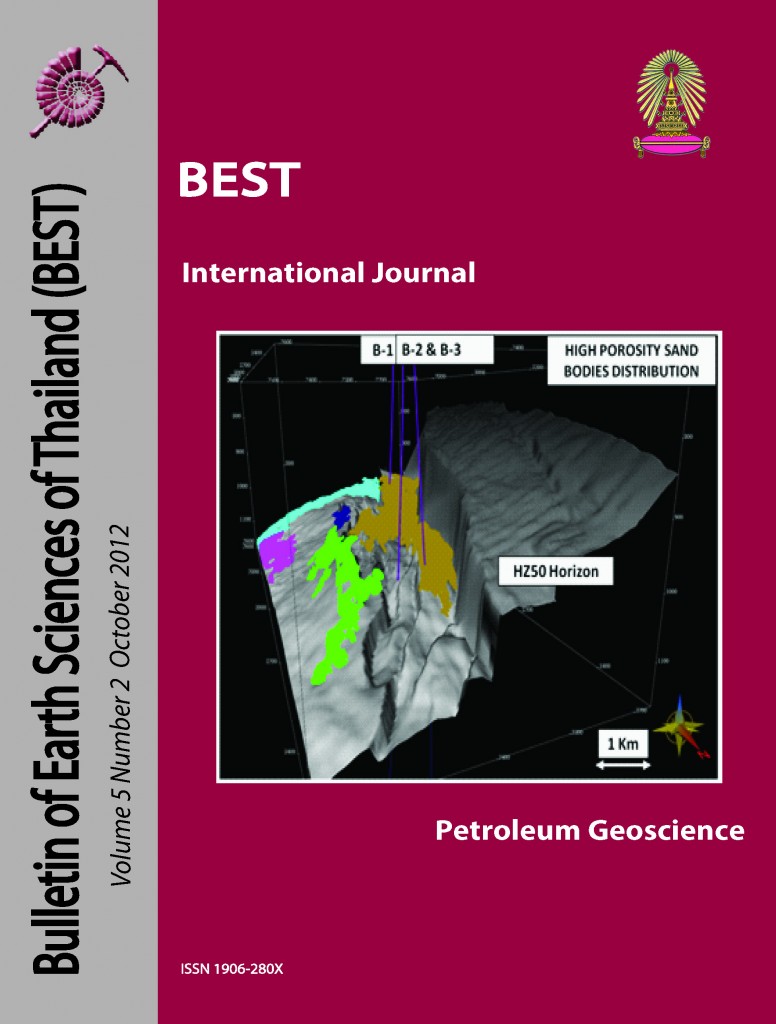Fluvial stratigraphic architecture in outcrop and its gamma-ray response
Main Article Content
Abstract
The assumptions in determining sub-surface lithology to interpret specific depositional environments from vertical logs are based on an unambiguous relationship between gamma-ray geometry and sedimentary processes. These assumptions are suspect with respect to interpreting fluvial stratigraphic architecture. This study focuses on outcrop gamma-ray data and sedimentological/ stratigraphic observations for a
better understanding of the relationship between log shape and fluvial architecture as a model for the subsurface. The study shows that gamma-ray logs are helpful in defining the vertical trend of sedimentation but not correlable to facies based on sedimentary structures. Overlaps occur between facies which may pose problems for interpretation of sub-surface well-log data. Correlation between gamma-ray data and architectural elements shows that determining stratigraphic variability from sub-surface gamma-ray log is not so reliable. Gamma-ray log can only differentiate sandstones from siltstone or mud, but cannot distinguish sandstone-dominated architectural element types. Thin beds, their extension and small-scale sedimentary features which have a great impact on reliable interpretation of depositional system and reservoir properties are not possible to determine by gamma-ray log. Comparison of outcrop spectral gamma-ray data to nearby core data would help to determine variations in the spectral gamma-ray signature, which may help to interpret architectural elements in the sub-surface from gamma-ray logs.
Article Details

This work is licensed under a Creative Commons Attribution-NonCommercial-NoDerivatives 4.0 International License.
Copyright © 2008 Department of Geology, Faculty of Science, Chulalongkorn University. Parts of an article can be photocopied or reproduced without prior written permission from the author(s), but due acknowledgments should be stated or cited accordingly.
References
Bridge, J. S., 1993, Description and interpretation of fluvial deposits: a critical perspective: Sedimentology, v. 40, p. 801-810.
Gibling, M. R., 2006, Width and thickness of fluvial channel bodies and valley fills in the geological record; a literature compilation and classification: Journal of Sedimentary Research, v. 76, p. 731-770.
Miall, A. D., 1985, Architectural element analysis: a new method of facies analysis applied to fluvial deposits: Earth Science Reviews, v. 22, p. 261-308.


